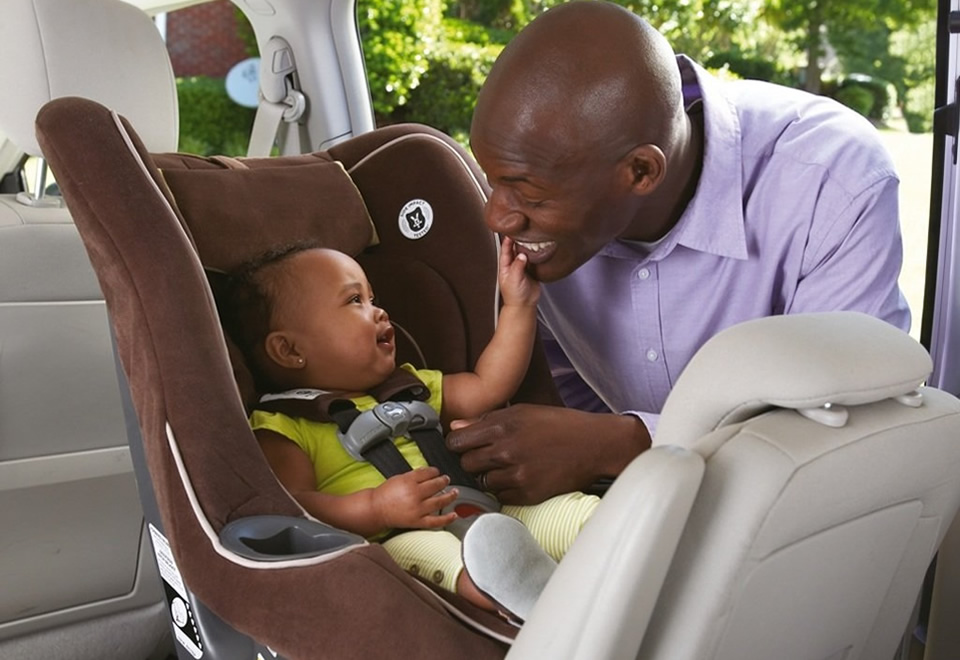Do you know that children can be a cause of an accident? Self Drive East Africa shares with you some of the child safety tips that you probably didn’t know about how you can ensure smooth travels while traveling with toddlers!
Car seats
Car seats reduce the chance of an infant being killed in a crash by 71% and the risk of a toddler being killed by 54%. Kids in booster seats are also less likely to be killed or injured than those who are restrained only by seat belts.
Parents make mistakes when using car seats. Data shows that 73% of car seats are not being used correctly for example using the wrong seat for the child’s age, weight, and height;
- Putting them in the front seat too soon;
- Putting them in a forward-facing car seat too early;
- Not using the correct lower anchors or top tethers for their seat and vehicle; and
- Not tightening the harness straps enough.
- Knowing which car seat or booster seat is right for your child – based on their age, height, and weight – and type of vehicle is critical.
Some child passenger Safety Tips
- Place children in the back seat in a properly installed child safety seat or booster seat. Infants should be restrained in rear-facing child safety seats for as long as possible. Children should remain rear facing until age 2.
- Toddlers should ride in forward-facing child safety seats in the back seat until they reach the upper weight or height limit of the seat usually around age 4.
- Children must ride in booster seats until age 8. It’s even safer to keep them in boosters until they’re 4 feet 9 inches tall, no matter their age.
- After age 8, children should always wear a seat belt. Children 12 years of age and younger should continue to ride in the back seat.
- Use the car seat instruction manual and the vehicle owner’s manual to make sure the car seat is properly installed.
- Replace any car seats that were in use during a moderate or severe motor vehicle crash. Car seats do not automatically need to be replaced following a minor crash.
- Parents should take a simple, 15 minute car seat check.
- Right Seat. Check the label on your car seat to make sure it’s appropriate for your child’s age, weight, and height. Also, check the seat’s label to see if it has expired.
- Right Place. The safest place for children in a vehicle is the back seat until they are at least 13 years old.
- Right Direction. Keep a child in a rear-facing car seat for as long as possible, usually until around age 2. When the child outgrows the car seat, move him or her to a forward-facing car seat. Use a booster seat until the child properly fits in a seat belt. In Utah, a child must be in a car seat or booster seat until they are at least 4 feet 9 inches tall, usually between ages 8 and 12.
- Inch Test. Attach the top tether after you tighten and lock the seat belt or lower anchors. Once your car seat is installed, give it a good shake at the base. A properly installed seat will not move more than an inch.
- Pinch Test. Make sure the harness is tightly buckled and coming from the correct slots -check your car seat manual to know which slot to use. Now, with the chest clip placed at armpit level, pinch the strap at your child’s shoulder. If you are unable to pinch any excess material, the straps are tight enough.
- Parents need to be very careful with the seats they put their children. Please make sure you check the child’s seat before setting off. The child will enjoy the drive in a comfortable style the way you will in a comfortable seat.

















